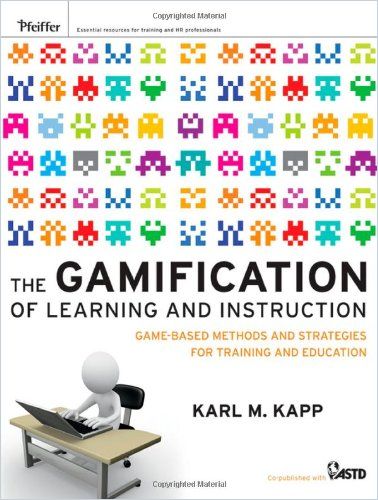Remove the Top 5 Engagement Blockers in Corporate Learning

“Learning cultures do not emerge from fatter course catalogues.” writes Nigel Paine in Workplace Learning. His book is from 2019 before many L&D departments were forced to invest in their digital learning ecosystem – and yet did what he advised against: Buying LXPs and filling them up with content. Now they realize: A jam-packed online training program booklet is more likely to lead to rejection than engagement.
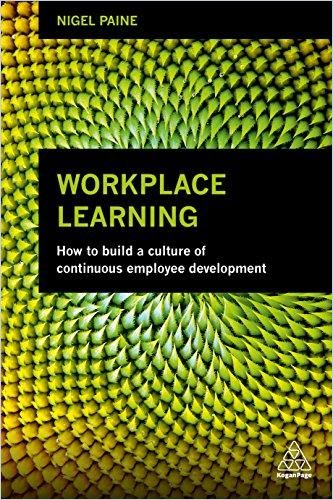
“Quality over quantity” has since become, or had to become, a guiding principle for many learning managers. The approach is practical with all known engagement blockers, yet “quality” depends on the individual needs of learners: Content has to be relevant to them in their workplace context, so it needs specific curation and designs for different target groups. Learners won’t react to a simple content offer as they do to a tailored program motivating and incentivizing them. And if the overall tech setup is outdated, chances are good that engagement rates will drop instead of moving up.
So whether you want to avoid learning blockers in the first place or need to reduce their impact now, here are the most severe five and how to address them.
1. No Relevance
Despite overall annual spending of about $350 billion on corporate training, 75% of managers express disappointment with the results. Indeed, only 20% of workers would recommend their organization’s learning programs, writes Nelson Sivalingam in Learning at Speed. Sivalingam, therefore, advises L&D departments to replace yesterday’s hierarchical, formal, plodding approach to learning with fast learning programs linked to corporate objectives.
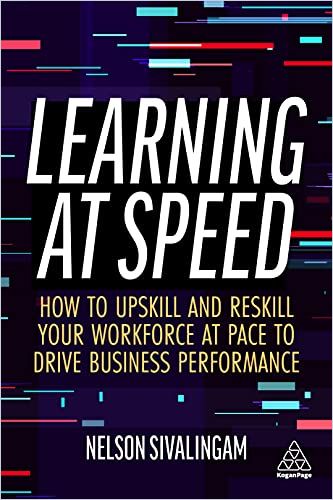
Yet, as the LinkedIn Learning 2023 Workplace Learning Report states, it’s easy for L&D leaders to get overwhelmed by such large initiatives and disruptive changes. Many are stuck in pre-2019 systems and processes. In a recent interview on the subject of “psychological safety,” strategy expert Alex Osterwalder got to the heart of the matter with a great example: “For years, all the experts have said it’s essential to invest in core human skills, from decent communication to empathy to proper listening. And what do people in most companies get? The next course on correct expense reporting!”
It may be that expense reporting needs to be trained in some corporate environments – but those who already master it will immediately switch off when they are served something they feel is a one-size-fits-none-bogus lesson. The same is true when training is imposed on people without individual need, bores them because of its lack of depth, off-topic selection, etc., or simply promises no added value for their lives or jobs.
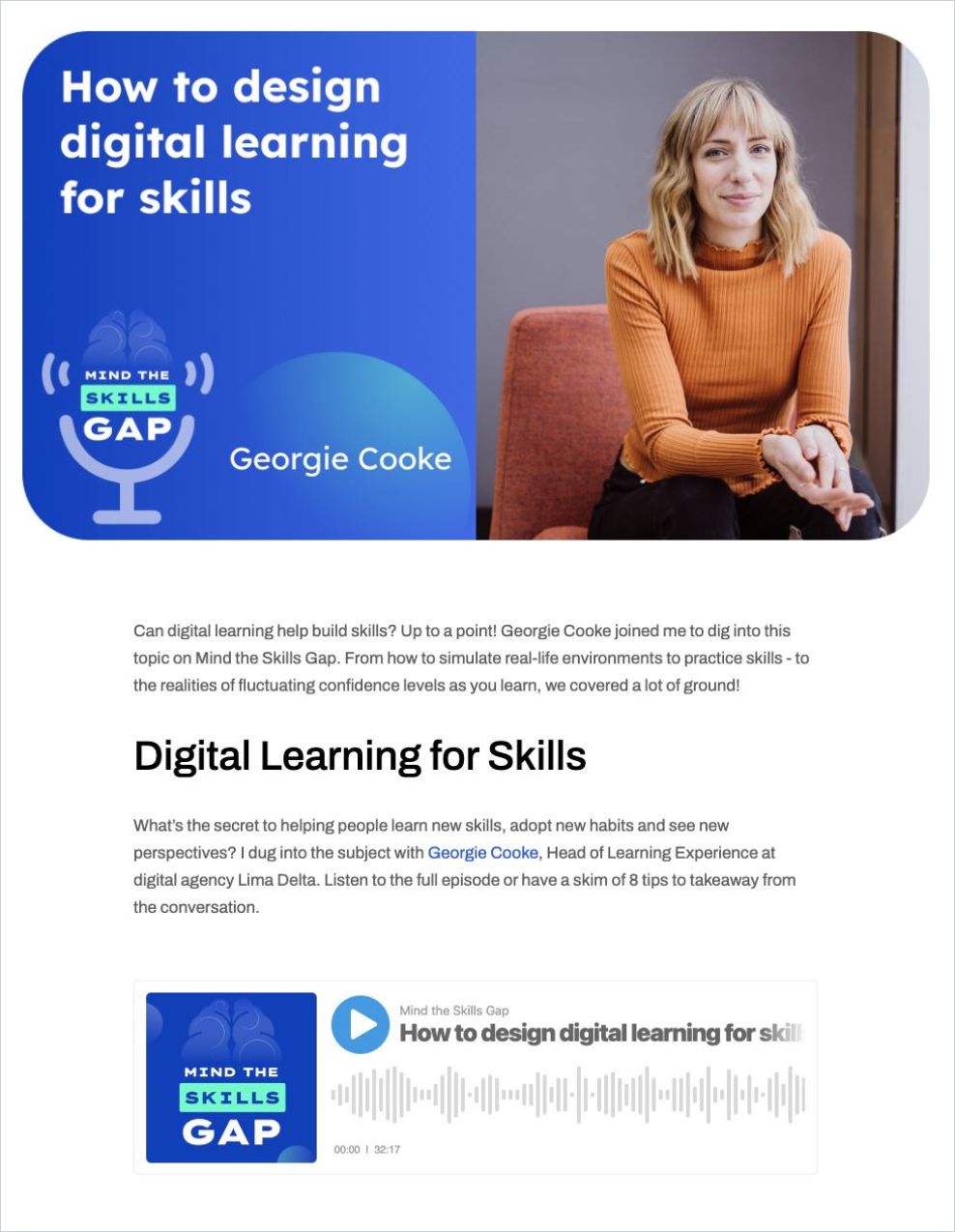
Therefore, utility and timing are everything, and L&D leaders should put their effort into curating programs designed to help employees
- maintain their well-being,
- develop new skills, and
- move their careers forward.
To execute them properly, conduct needs assessments and offer personalized learning pathways to ensure relevance and applicability. Identify employees’ skills, capabilities and knowledge gaps and align learning initiatives with their job roles and career growth.
By tailoring the content to their needs, learners will see the direct relevance of the material, increasing their engagement.
Remember to continuously seek learner feedback through surveys, focus groups, or one-on-one discussions. Regularly evaluate the effectiveness of your learning initiatives, make necessary adjustments, and communicate improvements to learners.
2. Poor Learning Design
Have you ever taken an online course that promised to teach you a specific, complex thing in “less than X (fill in any number in the single-digit range) minutes?” If yes: Did the result ever convince you? There’s a reason for the “no” that many learners would answer here: Knowledge and skill acquisition at lightspeed is possible only in simple circumstances and with commonplace skills.
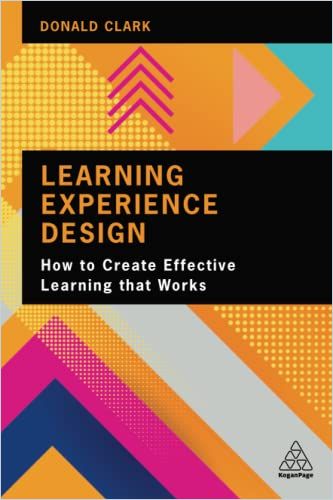
Sure: If you want to clean a window without streaks and watch a YouTube video to do it, you’ll quickly achieve success with decent equipment. But mastering most workplace skills in developed economies requires years of training and study. Or, as getAbstract’s very own EdContent Lead Jana Eicher puts it: “You’re not going to teach someone advanced mechanical engineering skills with a five-minute explainer video. That’s unrealistic. But you definitely could use microlearning assets as part of your broader teaching and learning strategy in this case – for instance, to recap key concepts or provide opportunities for spaced practice.” The latter is what many courses lack:
The inclusion of learners, a focus on their skills that need to be developed (otherwise they get bored and drop out), and a hands-on experience that puts into practice what they have learned, anchoring it in their minds for a longer period of time.
Having a professional eye on the factors above is called learning design. Investing in well-designed and interactive materials can improve your learner’s experience to keep them going. “Adaptive learning,” a field long hyped and now on the verge of a breakthrough thanks to advances in AI development, promises to help L&D professionals provide the right learning content at the right time. Of course, this requires well-maintained databases and access to relevant content. Learn more here:
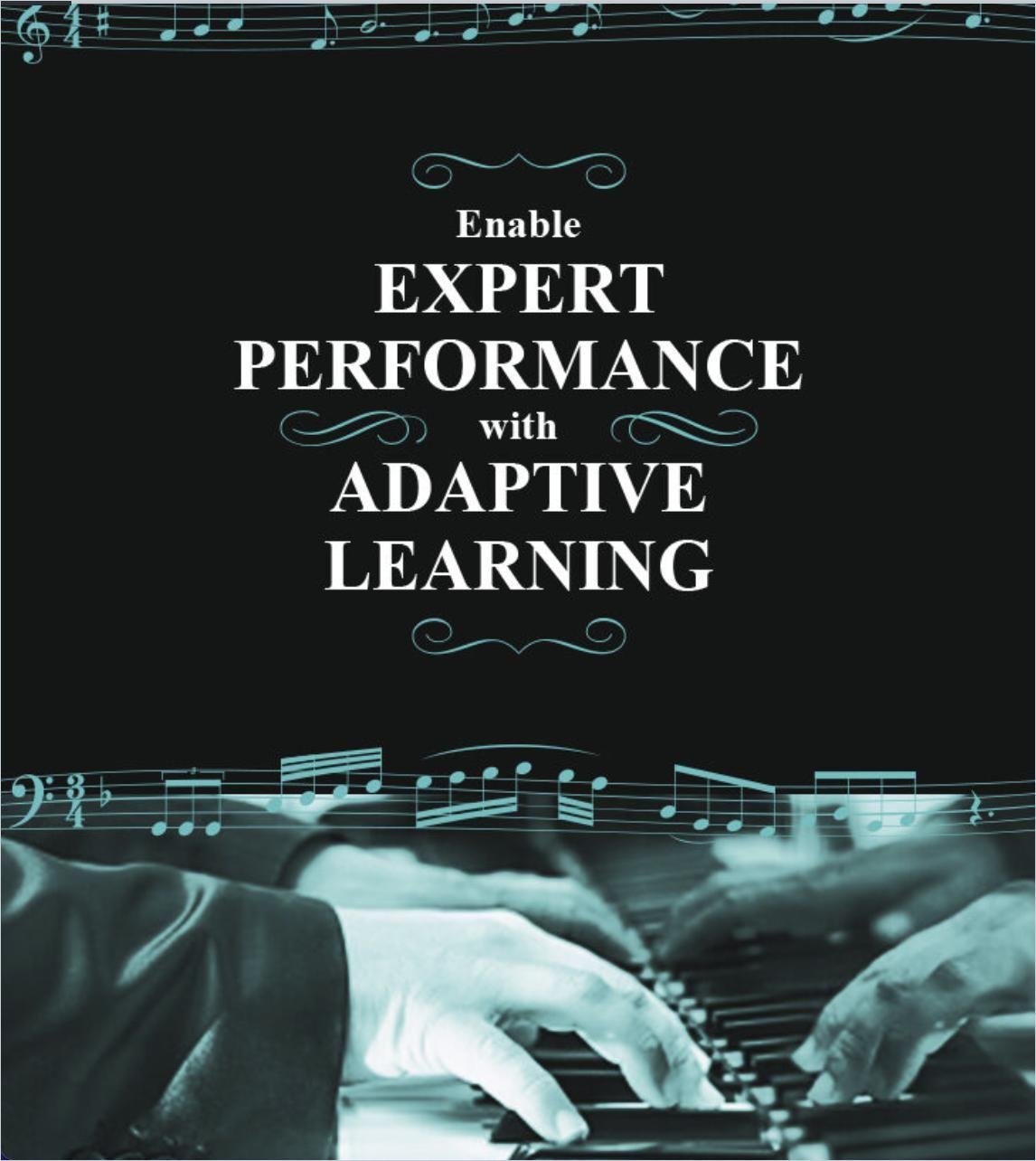
Adaptive learning will move increasingly into the field, but the old principles also apply when integrating these learning methods:
- Break down content into manageable modules to prevent information overload where possible. But there needs to be a concept behind it: long training sessions cannot be profitably broken down into a few short ones by cutting them up like a cake.
- Incorporate multimedia elements like videos, infographics, and interactive exercises to make the learning experience more engaging. However, you should be careful not to overwhelm learners with too much bling.
- Utilize gamification techniques, like quizzes or challenges, to increase learner motivation and interest. Where you have to think and “participate” yourself, more of what you learn sticks. The challenge here is to find the sweet spot between motivation (achievable tasks) and challenge (puzzling tasks).
3. No Interactivity & Collaboration
You can get a free motivational boost by incorporating collaboration elements into your programs because learning in a team is more fun and memorable. When learners can work together toward a shared goal, they, on top, usually do so with more outstanding commitment and thoughtfulness.
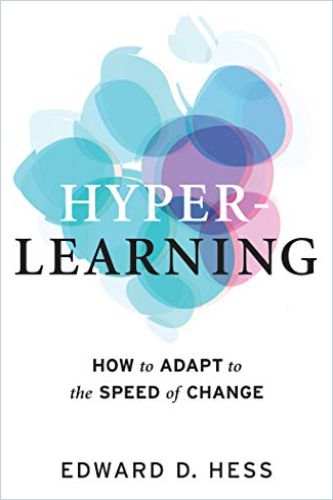
That’s why fostering interactivity and collaboration to enhance engagement is your way to go when turning away from classic library shelves and outdated training only to learning experiences that live up to their name: Including discussion forums, chat groups, or social learning platforms where learners can interact, share their insights and become creative works wonders.
When doing so, consider encouraging peer learning by setting up – analog meets digital – mentorship programs to facilitate knowledge exchange. Incorporating group projects or case studies that promote collaboration and teamwork and providing active participation and engagement opportunities is the cherry on the cake.
4. No Motivation Or Incentives
Imagine an e-reader that doesn’t remember where you left off reading. Or a Super Mario Bros. that does without coins, mushrooms, flowers and stars that literally make the plumber with the red cap rise above. The reader would be an annoying device and, therefore, a slow seller, right? And Mario would continue to pump Italian sewage pipes instead of saving Daisy and the world from Bowser. These fates are shared by LMSs that don’t track learning progress well (e-reader) or don’t offer rewards (stars, coins, you know…). Both motivate learners to keep going – and on top of that, they can “compete” with their colleagues.
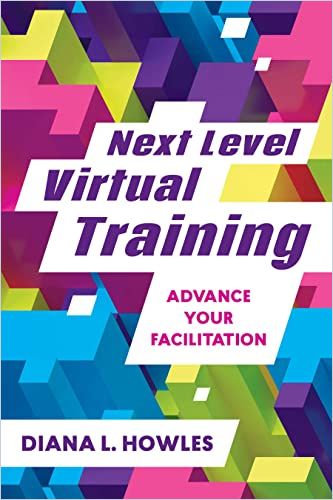
Providing those incentives and recognition boosts learner motivation. So put some thought into your rewards, certifications, or badges upon completing learning milestones to give learners a sense of accomplishment. For example, implement recognition programs publicly acknowledging employees’ learning efforts, such as company newsletters or internal announcements.
Connecting learning achievements to career growth opportunities can further motivate learners to engage in learning actively – and offer new career paths they’d never thought about.
On the other hand, badge collecting should not hinder longer-term learning success, so ensure that every person’s natural desire to learn is satisfied and people can choose “their” way to learn productively. Your magic tools here are human inspiration and curiosity: Learning offers should build on a mix of users’ preferences and organizational musts to support learners’ intrinsic motivation to step out of their comfort zone, and make new connections and discoveries.
5. Technological Issues
We’ve all been there: an online training window keeps loading and loading – and after a few seconds, we assume the browser has crashed and click away that annoying “Please wait” animation. Or: You enthusiastically complete a course with one last click, but the screen turns white, and after a restart, you find out that you have to do the entire class all over again because the system didn’t save your progress. Little things like that screw up complete training programs because people don’t save the learnings but their frustration with learning tech.
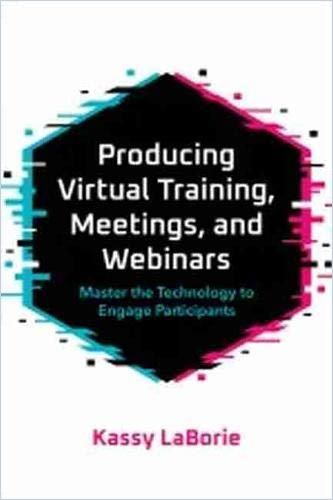
To counter learning fatigue through tech, enhance your infrastructure: Prioritize platforms that provide intuitive navigation, responsive design, and compatibility across different devices. Leverage modern technologies, such as AI and mobile learning apps or virtual reality simulations, to make learning more accessible, interactive, and engaging.

Using the power of generative AI, Khan Academy, for example, has created Khanmigo, an AI tutor that doesn’t just spout information but engages with students’ learning processes by asking questions, theorizing how students think and where they may have gone wrong, and guiding them to correct their mistakes. AI provides learners with new educational tools and has the potential to help L&D with training plans and grades, freeing them to spend more time and energy on their actual learners’ needs. That said, regular evaluations and updates of systems and platforms ensure a seamless and user-friendly experience.

